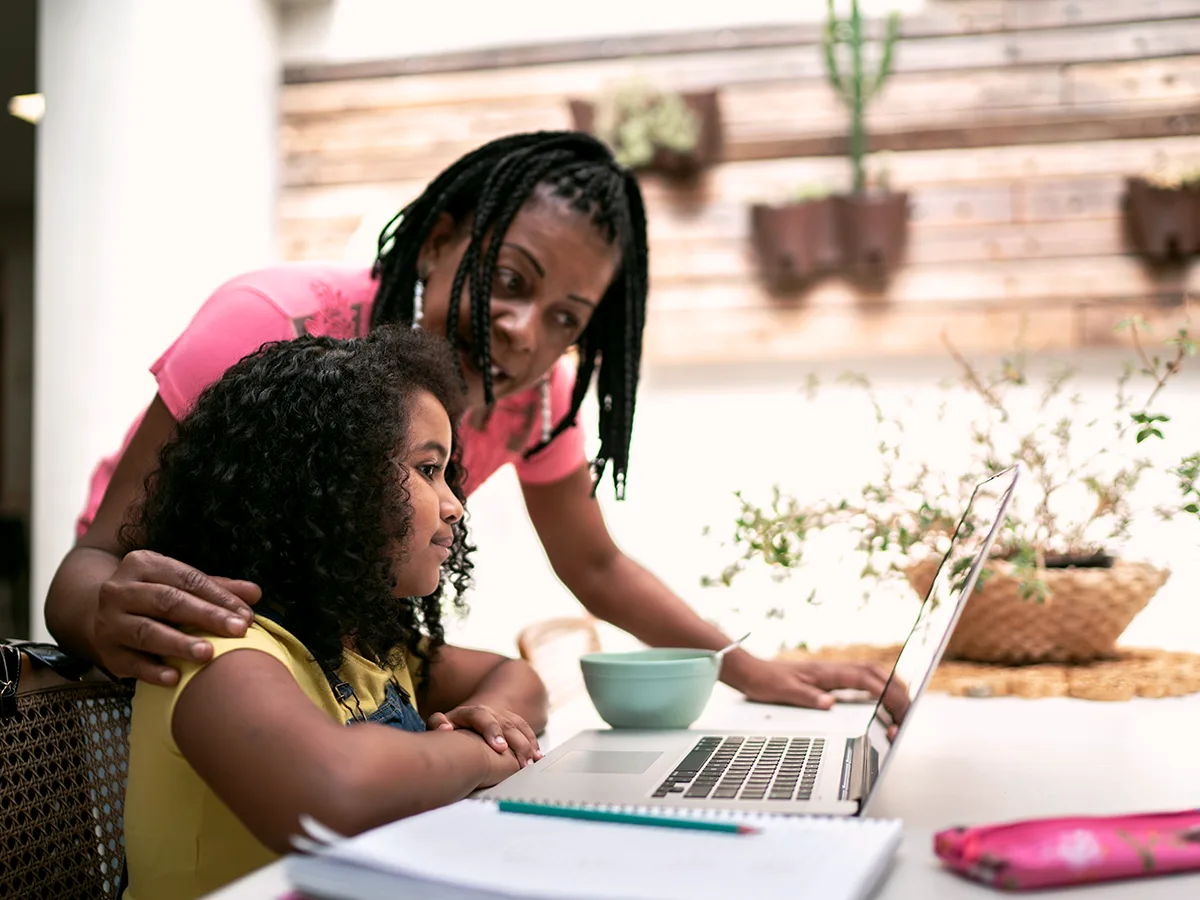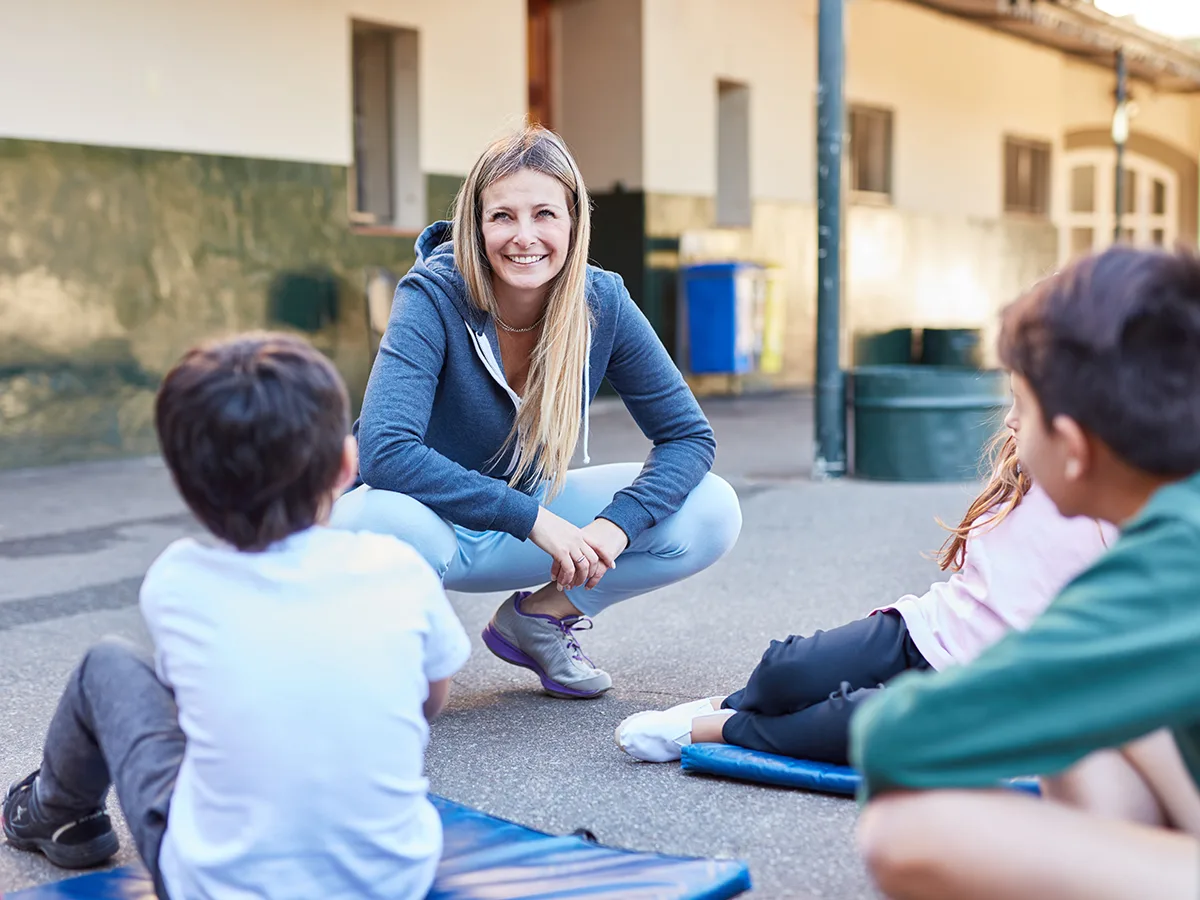How I taught my students to give praise and other feedback
Students look to their teachers for feedback. But what about their peers? Find out how one teacher coaches his students to give valuable peer feedback.
When I started to think about praise and other types of feedback in my classroom, I found myself asking, “Why am I the only one giving the praise?” I realized that I don’t and shouldn’t control all the praise in my room.
I know from experience that praise from a student’s peer can be even more powerful than praise from a teacher. I want my students to be leaders who look for the good in others. I want them to build on each other’s strengths.
Here are a few ways I’m building a culture of praise in my classroom.
Stop doing all the talking.
When I became a fifth-grade teacher, I felt like I needed to explain everything. Everything. Turns out that was an awful idea.
Three months into the school year, we were months behind in math. We were also getting two new students. I had a dilemma: How could I make sure we had the time to welcome the new students and make gains in our math content?
I decided to talk less and ask my students to do more. With our math goals in mind, I challenged the class to design and build a table to accommodate our new students. I observed my students problem-solving together, negotiating, and debating about math as they collaborated.
After a while, the message was clear: I had made the right choice to talk less.
Students can’t praise each other if you’re talking all the time. How can you change that? I learned a simple but powerful acronym during my fellowship with Harvard Project Zero: Why Am I Talking (WAIT). The acronym helps me remember to pause before contributing to the conversation. It has led me to talk less.
Provide structured opportunities for feedback.
Once I decided to talk less, I started having my students participate in group discussions at least twice a day. We had morning and afternoon meetings to discuss the day’s work and think about next steps.
During the meetings, we formed a circle in the back of the room to create a shared space for bouncing around ideas. Students had a chance to reflect, make choices, praise each other, and offer feedback.
Some students didn’t want to share feedback face-to-face. So we also used tech tools like Canvas and Flipgrid to share ideas digitally. I reviewed the comments, and students could flag if they didn’t want theirs shared aloud. Eventually, most of my students felt comfortable sharing their thoughts.
These structured meetings were a good start. But casual conversations happen all the time in the classroom, especially during group work. After implementing my “talk less” policy, I discovered there was still work to do.
The way students were giving praise and constructive feedback during casual conversations wasn’t always going well. In the absence of my voice, I realized that students needed to learn how to talk to each other.
Coach students on how to give feedback.
I learned that my students were not always feeling heard or valued during group work. They were getting turned off by their peers’ replies to their ideas.
Often the feedback comments started with “That doesn’t make any sense because....” This made the students receiving the feedback feel their ideas were less important. These comments required me to swoop in and reassure students. I wanted to stop having to do that.
We needed to find ways for students to give both praise and constructive feedback without turning away their peers. So, we added some sentence starters to build on each other’s statements:
What would it look like if ________?
I love what _____ said, and I would like to add on. Is that OK?
After they began using these new sentence starters, students reported positive results. They felt heard, wanted to hear more from others, and were more willing to stay in the conversation. They began sharing and praising each other’s work. It made a huge difference in the culture of our classroom.
With these changes, my biggest takeaway wasn’t about catching up in math. Or completing successful projects. Or talking less. It was about empowering students to lead their own learning by giving them space and support to praise and give feedback to each other.
Some students may need more time to process their thoughts before giving feedback. One way to give “think time” is to provide students with feedback questions before the activity. Another way is to allow students to capture their feedback in writing. They can later share it on a sticky note or in a rolling feedback doc.
Get more teaching tips in our Educator Hub.





